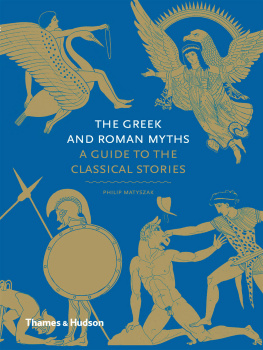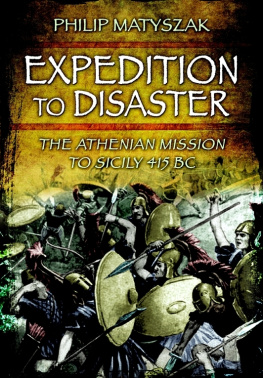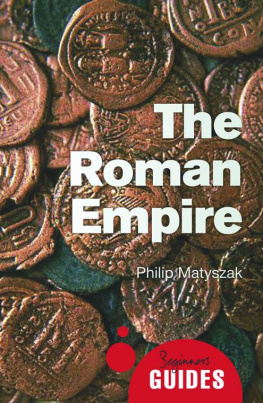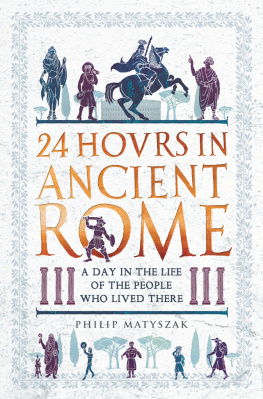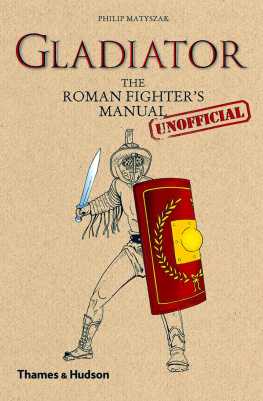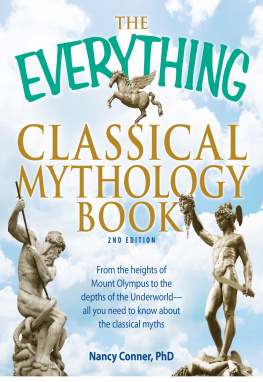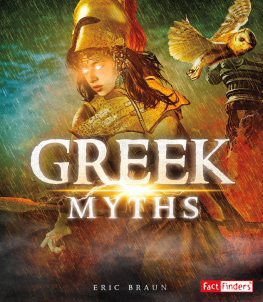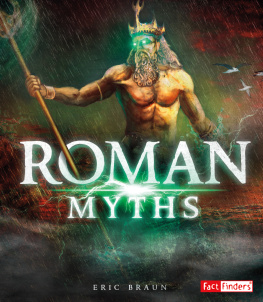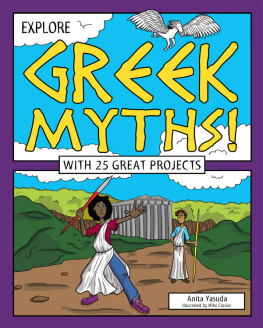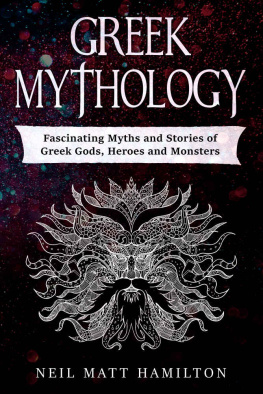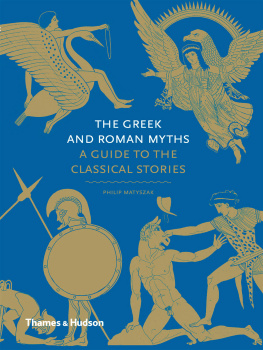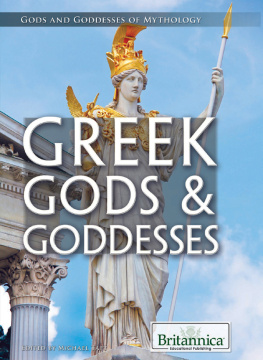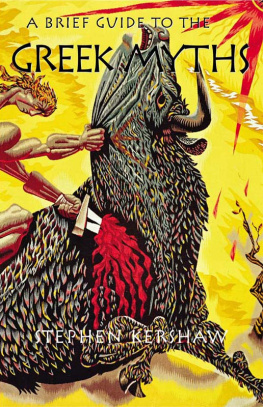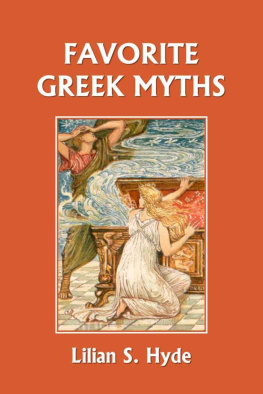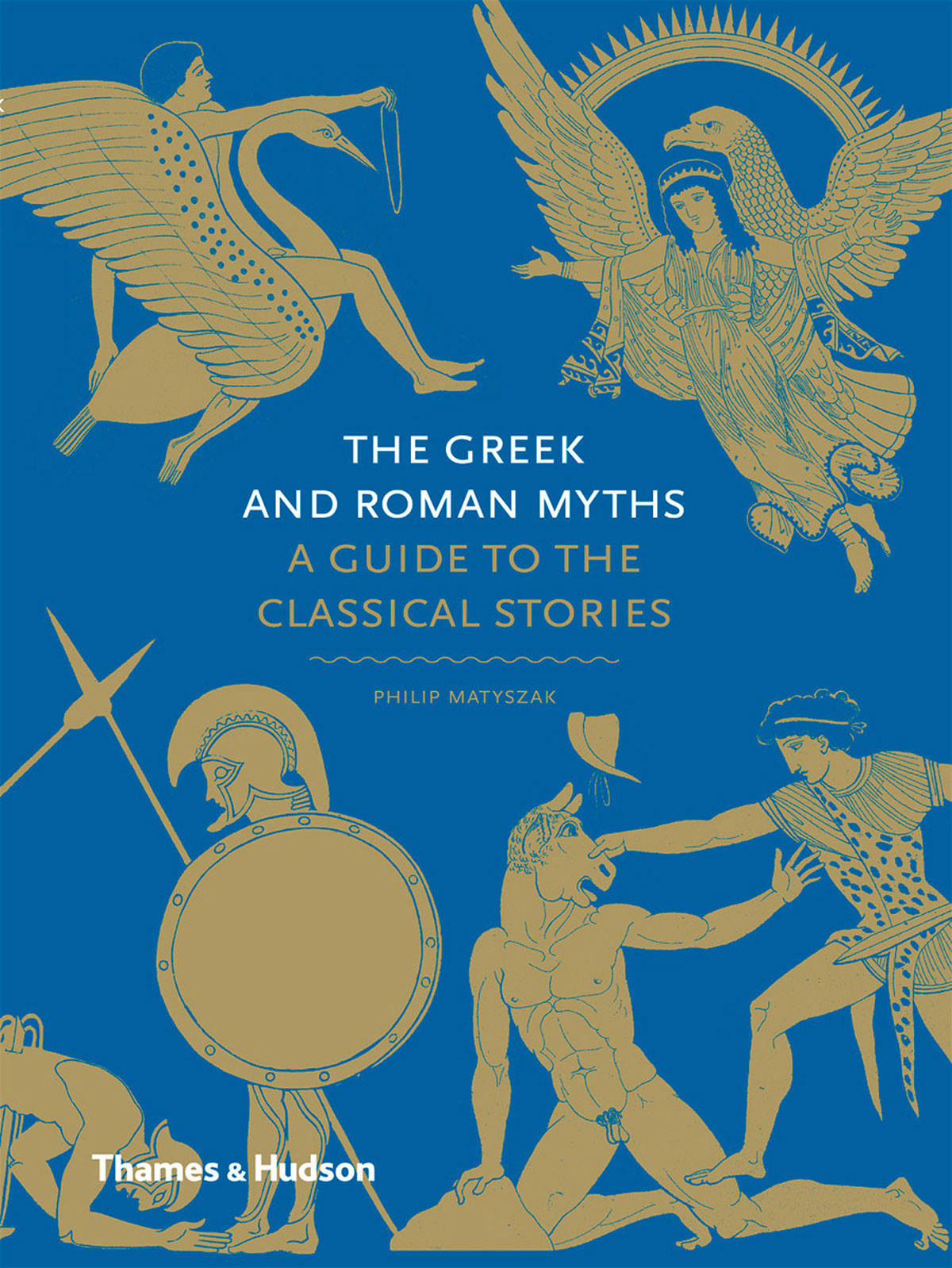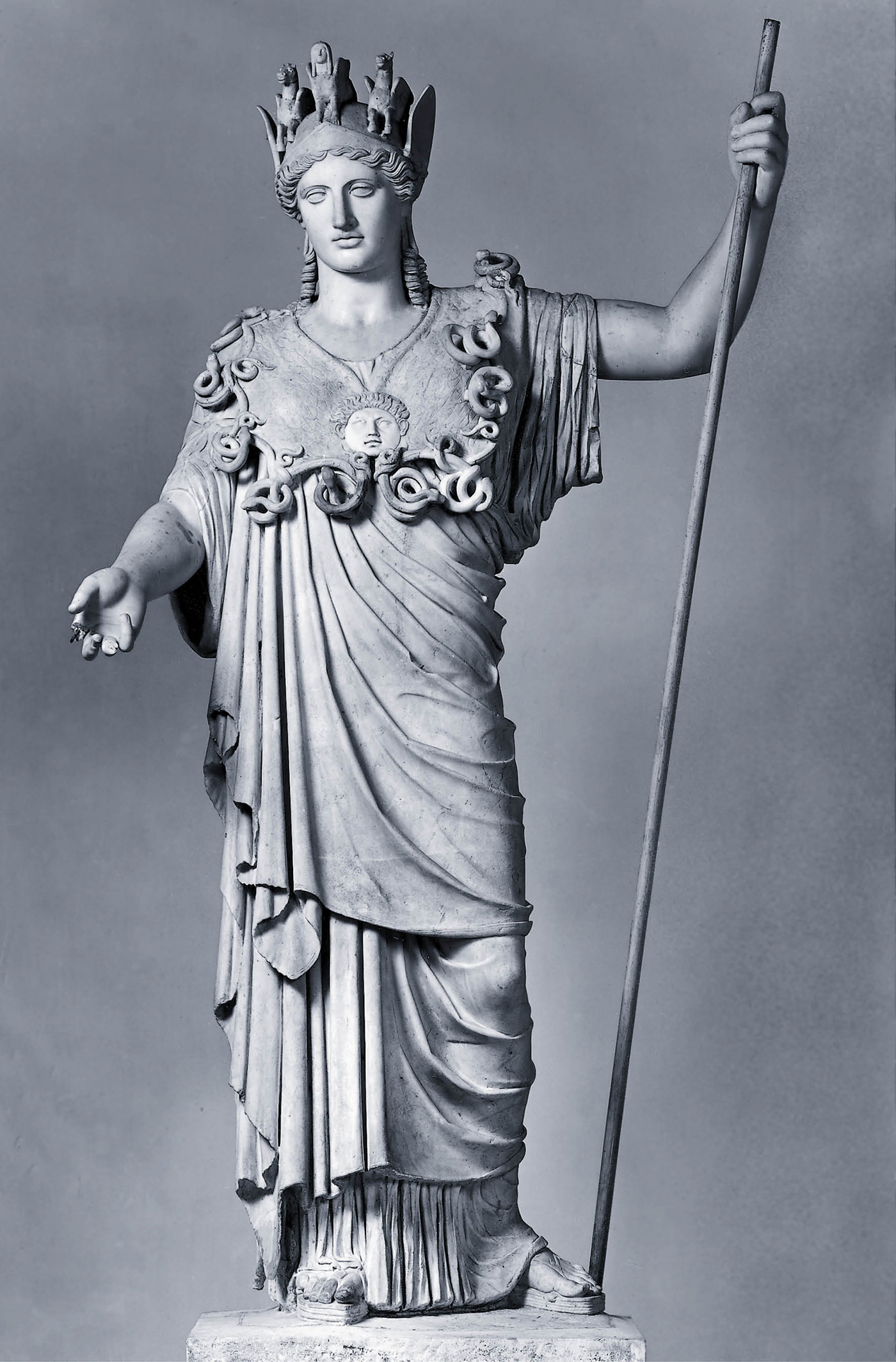the greek
and roman myths
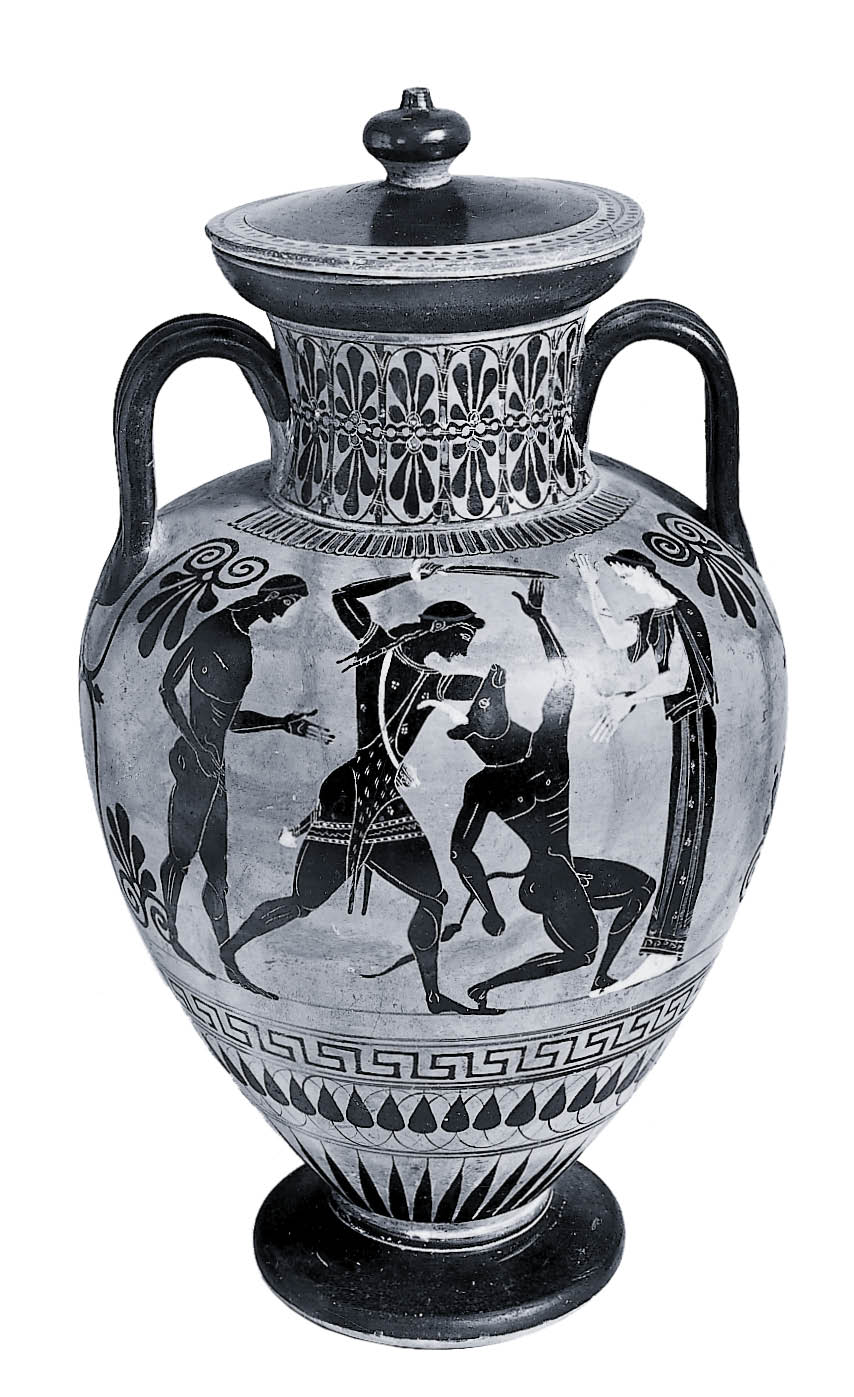
the greek
and roman myths
a guide to the
classical stories
philip matyszak
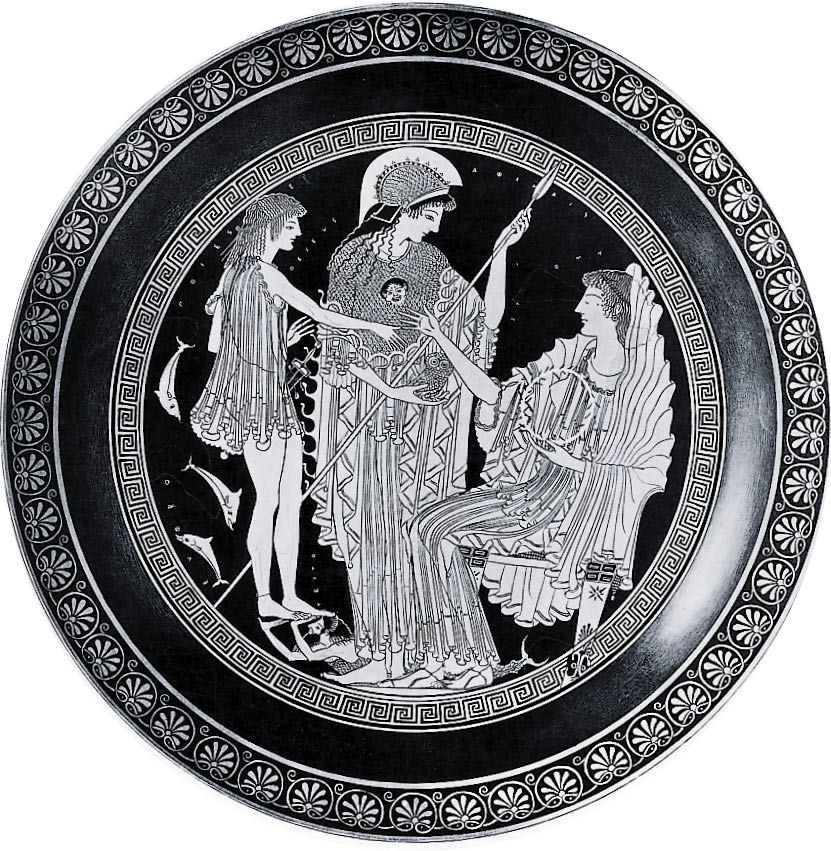
With 95 illustrations

Philip Matyszak has a doctorate in Roman History from St Johns College, Oxford, and is the author of Chronicle of the Roman Republic, The Enemies of Rome, The Sons of Caesar, Gladiator: The Roman Fighters (Unofficial) Manual, Ancient Athens on Five Drachmas a Day and Ancient Rome on Five Denarii a Day . He teaches an e-learning course on Ancient Rome for the Institute of Continuing Education at Cambridge University.
See Philip Matyszaks website: www.matyszakbooks.com
Other titles of interest published by
Thames & Hudson include:
The Egyptian Myths:
A Guide to the Ancient Gods and Legends
The Complete World of Greek Mythology
Exploring the World of the Ancient Greeks
The Complete Greek Temples
Mystery Cults in the Ancient World
The Making of the Middle Sea:
A History of the Mediterranean from the Beginning to the Emergence of the Classical World
Panorama of the Classical World
Mythology:
The Complete Guide to Our Imagined Worlds
The Human Past:
World Prehistory and the Development of Human Societies
See our websites
www.thamesandhudson.com
www.thamesandhudsonusa.com
This book is respectfully dedicated to Zeus, the Cloud-gatherer, Lord of Olympus, God of Storms.
(Just in case.)
Acknowledgments
As ever this book was written with the help of friends and colleagues who made numerous helpful suggestions and comments. These include the awesomely knowledgable Robin Osborne and Rachel Peel, who both read the text from end to end and gently attempted to correct my ignorance.
Where they have failed, the fault is mine.
Contents
:
What are Greek and Roman Myths?
And Why is it Worth Studying them?
From Chaos to Cosmos in Four Steps
The Human Story
The First Generation
The Next Generation
5 Lesser Gods, Magical Creatures
and Heroic Ancestors
Introduction
What are Greek and Roman myths?
And Why is it Worth Studying them?

If the Greek and Roman myths were no more than a set of stories about magical transformations and squabbling gods there would be little point in reading about them. For a start, there are a huge number of such myths, all packed with bewildering names and genealogies. Why do we need to know these and why should we care?
We should care because the myths describe the ancients view of the world, and the archetypes of heroes, wronged women and powerful yet frighteningly arbitrary gods shaped how the Greeks and the Romans saw themselves and their relationship with the universe. Indeed so powerful are many of these archetypes that they are still used today. When psychologists (who share their name with Psyche, a mythological princess) refer to an Oedipus complex or a narcissist they are using these archetypes, for the myths which feature Oedipus and Narcissus describe certain aspects of the human condition so powerfully that they have never been bettered.
And this brings us to a further reason for reading the myths: these stories have survived almost three thousand years not because they are cultural paradigms, thematic sequences of motifemes (or whatever buzzwords academics now favour), but because in the end they are powerful and hugely enjoyable narratives.
Nor is the world of mythology as chaotic as it seems at first glance. Many of the stories have a common theme. Heroes are afflicted, but receive compensatory gifts and powers, maidens suffer from love but are ultimately rewarded. The grimmer tales tell us that the inexorable threads woven, measured and cut by the Fates determine ones destiny, and the whole point of the exercise is to meet that destiny with fortitude and nobility.
There is also an overarching theme to the myths, one which tells us that, for all their conflicts, disagreements and misunderstandings, gods, demigods and humans stand together against the monsters and giants which represent the forces of disorder and wanton destruction. While modern tales are often about the triumph of good over evil, the ancient struggle was that of civilization and rationality contending with barbarism and chaos. Ultimately, the myths are about bringing human values to an arbitrary and unfriendly universe. And this is why, while blind hate, random destruction and irrationality may sometimes seem to be getting the upper hand in the world of today, the ancient myths have lost none of their power.
This is a companion or guide to understanding the common heritage of stories and belief which united the Greek and Roman worlds. It has three ultimate purposes:
Appreciating the Big Picture

In many ways, there is only one classical myth in its broadest sense. This is a story built over the course of a millennium or more, beginning before 800 BC with folk memories and tales from Greece and rounded off finally by Roman writers in the second century ad . It is the greatest collaborative tale ever told, and all the more awe-inspiring for being the collective effort of two different cultures. The result is a huge and rambling story with numerous sub-plots and thousands of characters, yet with a basic narrative, clear protagonists and a beginning, middle and end.
One purpose of this book is therefore to allow the reader to see the picture of myth as a whole, as a story that was familiar to every Greek and Roman child.
Understanding the Context

Yet this book has a further purpose, for in order to be a true guide it must explain not just the stories, but also how the people of antiquity understood them. We need to get inside the minds of the Greeks and Romans and to see their world and their gods as they saw them. We need to imagine the viewpoint of a Greek or Roman who is about to hear a particular myth for the first time. Here you will discover the background, most of the protagonists and their characters, where a particular tale fits into the overall story and how to understand the motivation of those involved. Because these myths are the foundation of the great tragedies of Euripides, Sophocles and others, to understand myth is to appreciate all the more deeply the monumental works of western culture such playwrights produced.
Modern Resonances


